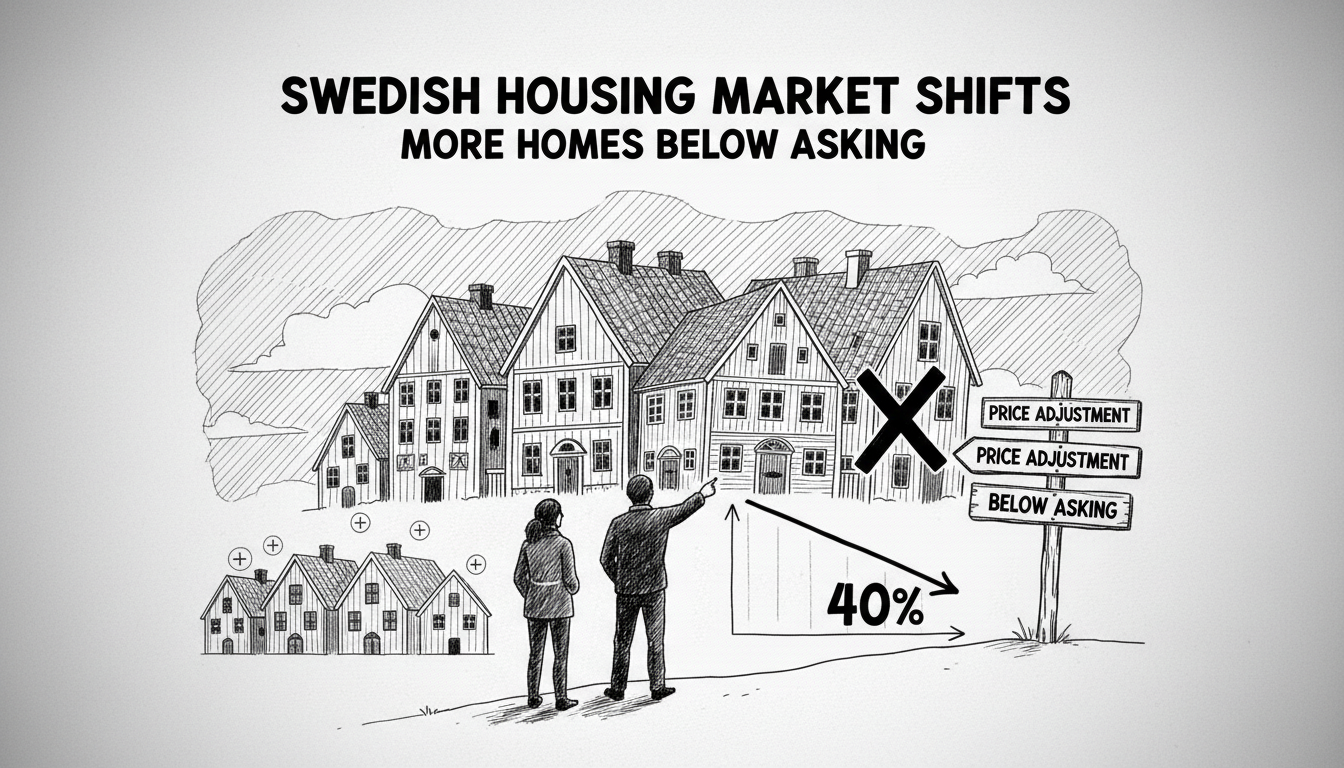A new trend is reshaping Sweden's housing market. Four out of ten homes now sell below their initial asking price. This represents a significant shift in how properties move from seller to buyer.
Real estate analysts point to changing seller strategies as the main driver. More homeowners now accept lower offers rather than waiting for better bids. This approach reflects current market realities across most Swedish municipalities.
Only five municipalities maintain positive bid premiums where final prices exceed asking prices. The remaining 285 municipalities show zero or negative bid premiums. This pattern reveals widespread market adjustment beyond just major urban centers.
What does this mean for Sweden's famous housing market stability? The data suggests a normalization after years of rapid price growth. Swedish housing has traditionally been considered a safe investment, but current trends indicate a rebalancing phase.
International observers should note this development within Sweden's unique housing context. The country combines rent-controlled apartments with a vibrant ownership market. Recent interest rate changes by the Riksbank have clearly impacted buyer behavior and seller expectations.
For potential buyers, this environment creates new opportunities. Negotiating power has shifted somewhat from sellers to buyers in most regions. Yet location still dictates market dynamics, with prime areas maintaining stronger pricing.
The big question remains whether this represents a temporary correction or a longer-term trend. Historical patterns suggest Swedish housing markets often move in cycles. Current conditions may persist until economic factors like inflation and employment stabilize.
Stockholm, Gothenburg, and Malmö show varied responses to these national trends. Some neighborhoods continue to command premium prices while others adjust more significantly. This municipal-level variation highlights the importance of local market knowledge.
Homeowners considering sales now face different calculations than they did just two years ago. Pricing strategy requires more careful market analysis and realistic expectations. The days of automatic price increases appear to be paused, at least for now.

